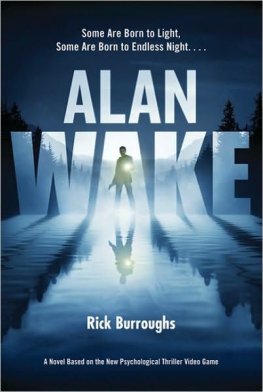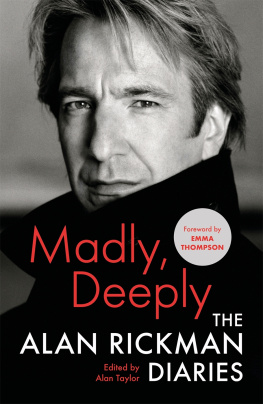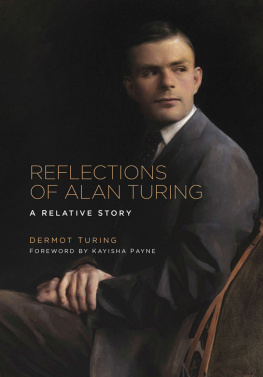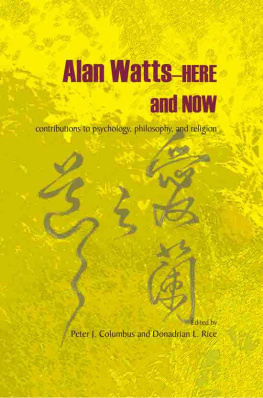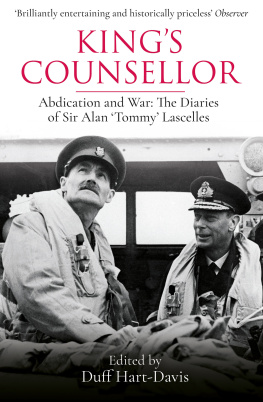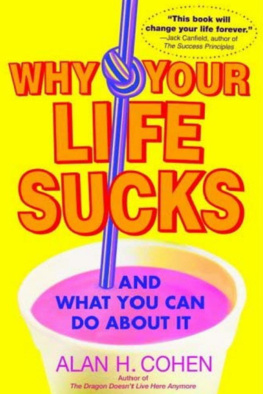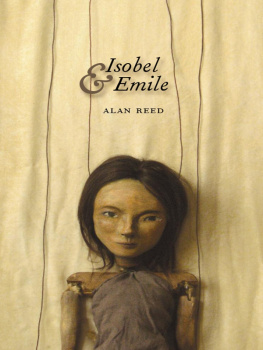Acknowledgements
I would like to thank all the characters that I met on the streets, especially those who appear in this book, but also those who dont.
Also, special thanks to the Society of Authors, everybody at PTH, UHO, Midnight Run, Bowery Mission, Bowery Outreach, the Salvation Army, the Holy Apostles and All Angels (especially those who fed me), the Asian lady who bought my poem on the steps of Madison Square Garden, Stephen Mallon, Michael Sofronski, Laila Seewang, and Matt and Lora Dougherty (my New York contingent) for continuing friendship, spare bedrooms and sofas.
Also by Alan Emmins
Mop Men: Inside the World of Crime Scene Cleaners (Thomas Dunne Books)
New York City Homeless
Statistics*
Over the last four years, close to 100,000 New Yorkers experienced homelessness.
Each night, over 32,000 homeless individuals sleep in the New York City shelter system, a 44 per cent increase compared to the 1990s. This includes more than 13,600 children, a 55 per cent increase compared to the 1990s. Thousands more sleep on city streets and in other public places.
There are over 1,000 soup kitchens and food pantries in New York City and 2,700 in New York State. They serve around 60 million meals each year to hungry men, women and children.
Every day they turn away over 2,500 people.
Surveys show that almost 75 per cent of homeless adults sleeping on the streets of New York suffer from chronic mental illness. Approximately 90 per cent of homeless New Yorkers are black or Latino, although only 53 per cent of New York Citys total population is black or Latino.
There are more homeless New Yorkers in the new millennium than at any time since the Great Depression.
*Coalition for the Homeless, State of the Homeless reports 2005/6; Youth Services Opportunities Project.
Prologue
Four years ago, in New York City, I walked into a train tunnel with my friend, the photographer Michael Sofronski. We hopped up onto a small concrete wall and shimmied between two sections of fence. Once on the other side, we walked down a precariously placed plank of wood until we were back on somewhat uneven ground. We were working on an article about urban explores people who explore abandoned buildings, bridges and tunnels. Three well-experienced urbanites were taking us into the tunnel to show us some artwork that had been painted deep inside.
As soon as we jumped the fence a homeless man stepped out from his makeshift house and positioned himself in front of us. Holding out his hand he said, Halt! Who goes there?
He was an elderly man. His hair was grey, as was the beard that came down to his belly. He was slim, which reduced the garden gnome quality that the beard, rosy cheeks and green fishing hat lent him.
We explained that we were going to look at the murals on the tunnel walls. People live in there, he told us. Dont touch anything. Then, as we shuffled away, he called out, But enjoy the art. Its very good!
He was an edgy character with a touch of menace in his voice. His twitching and fidgeting gave the impression that he could change his emotional standpoint at any time. He represented the stereotype of a homeless man: dirty, smelly, a little crazy and living in a shack made from societys discarded matter.
We walked on through a landscape polka-dotted with the tennis balls that had made their way over from the nearby tennis court. Our eyes were drawn to the odd rat, the drip, drip of water from above and the darkness that loomed ahead of us. We were alert and nervous.
But then, just before the darkness, caught in the light that poured in from the grates in the highway above, was a pirouetting figure.
Something altogether less obvious.
We moved nearer and, as we did, a young girl came into view. Her long black hair was tied with a piece of gold lam. At her feet, you couldnt help but notice, was a dance floor.
The tunnel floor was uneven earth. It was rutted and scattered with bricks, broken buckets, odd shoes, hats, wires, shopping trolleys and tyres. The dance floor, roughly twenty feet square, was made of plywood. And there she danced in a train tunnel, on a dance floor.
Michael and I were no longer focussed on our urban exploration story. Our minds were with this dancing girl. Who was she? Where did she come from? Why was she dancing in the tunnel?
I cut away from the group and approached her. As unassumingly as I could I said, Excuse me? Im sorry to bother you.
She stopped dancing and gave me a hard stare as the music, playing slowly due to the flat batteries in her portable stereo, whined on in the background. Her full lips were compressed, not in a pout, but in determination, as a show of strength. What is it? she asked, with an unmistakable French accent and attitude.
We were just going into the tunnel to look at the murals. I was wondering if I could ask you some questions on the way out?
No. I am leaving now. I will not be here when you come out.
With that she picked up her little portable stereo and walked away. She had, however, answered one of my questions. She was French. She was a French girl dancing in a train tunnel in New York City, with a homemade dance floor beneath her feet.
I walked back and joined Michael and the urban explorers.
Michael asked eagerly, What did she say? Did she say anything?
Yes, I told him. She said she was leaving.
Further into the tunnel we stood in front of the murals, each around three yards high. They ran connected in a long line like a cartoon strip, maybe forty yards in total, although there was no direct theme or relation between one and the next. The murals were placed in the tunnel, known thereafter as the Freedom Tunnel, by artists Freedom Chris, Smith and Sane. In one mural an angular faced man in a beige rain mac held the wrists of an invisible somebody who was holding a gun, and said, by way of a speech bubble, DROP THE GUN MOLE! While his would-be attacker said simply, AK! This scene ran into a title frame that stated Theres no way like the American way. Another frame was styled after the branding for Coca Cola, but only showed half the logo, the Coca half. But the really powerful image was of red and white horizontal stripes, over which was written a text.
In December 1995 the forgotten men of the tunnel received city housing. Theyve just begun to move.
One of the things that made these murals so special is that the only people who were able to enjoy them were the few remaining homeless living in the tunnel, and the urban explorers who were brave enough to risk the unknown and the third rail to come here to see them. It was a very personal exhibition, and while Michael and I felt honoured to be taken there, our minds kept drifting elsewhere.




